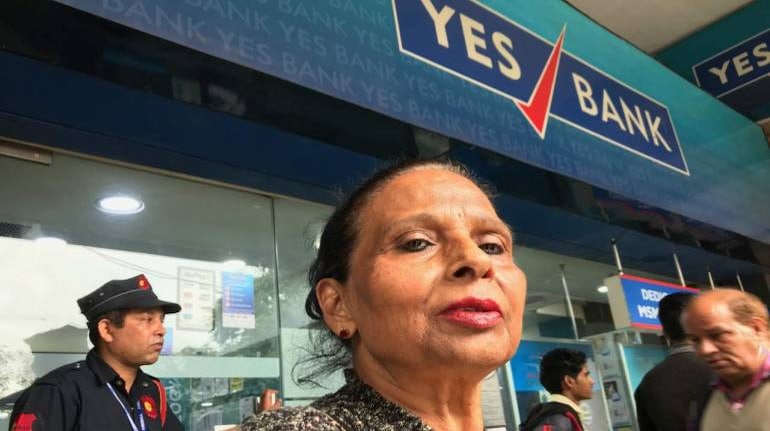



Additional tier-1 bonds worth a total of Rs 8,415 crore were written down as part of Yes Bank’s reconstruction scheme in March 2020. They included the securities issued to both retail and institutional investors. The write-off punched a big hole in the pockets of several retail investors. These were the life savings of many individuals, particularly retirees.
Since then, investors have been fighting an endless battle to get their capital back.
With the Bombay High Court quashing the write-down order on January 20, there is some hope for investors now. But Yes Bank has already said it will move the Supreme Court. That means, AT1 bond holders have a longer fight ahead.
How did retail investors end up in such a situation?
There are charges of mis-selling by Yes Bank executives. While smart campaigning by former Yes Bank executives has been cited as a factor, the reality is that the investors ignored the warning signals in the offer document. Retail investors in bonds and debentures are generally supposed to be more savvier than retail stock investors. Hence, they have to take part of the blame.
Many retail investors have invested a few lakhs to Rs 9-10 crore in Yes Bank AT1 bonds without understanding the risks of these instruments well.
What were the risks listed?
To understand this better, it is worth revisiting the risk factors listed in the original offer document. It said:
One, investments in debt and debt-related securities involve a degree of risk and investors should not invest any fund in debt instruments, unless they can afford to take the risks attached to such investments.
Investors are advised to read the risk factors carefully before taking an investment decision in relation to this Issue.
(In simple terms, this meant investors shouldn’t have put any amount in such instruments without understanding the risks. In other words, the investments suited only those investors with a certain risk appetite)
Two, additional risks and uncertainties not known to the bank now or that the bank currently believes to be immaterial may also have a material adverse effect on its financial condition or business.
(This meant eventualities that may arise in future could lead to a crisis in later years that investors cannot ignore. This is precisely what happened.)
Three, in the event of a deterioration in the financial health of the bank, there is a possibility that the rating agency may downgrade the rating of debentures. In such cases, potential investors may incur losses on the revaluation of their investments or make provisions towards sub-standard/ non-performing investment as per their usual norms.
The rating is not a recommendation to purchase, hold or sell the debentures as much as the ratings do not comment on the market price of the debentures or its suitability to a particular investor.
(Remember, both CARE and India Ratings had assigned AA/Stable ratings to Yes Bank debentures. But, as seen later, these ratings didn’t help investors when the tide turned).
In other words, any investor in Yes Bank’s AT1 bonds who would have read the offer document knew the risks they are taking on while investing in such high-risky instruments. This is not to say that the charges of mis-selling are less serious. Indeed, if investors were misguided by executives to invest in AT1 bonds, that amounts to gross mis-selling.
At the same time, it is the duty of every investor to understand the instrument thoroughly before putting in his/her hard-earned money. This is also a big lesson for other investors who choose to embrace risky instruments hoping for bigger returns but without understanding the product well enough.
Yes Bank’s AT1 bond case will remain as one of the biggest examples for such investors.
(Banking Central is a weekly column that keeps a close watch and connects the dots about the sector's most important events for readers.)
Discover the latest Business News, Sensex, and Nifty updates. Obtain Personal Finance insights, tax queries, and expert opinions on Moneycontrol or download the Moneycontrol App to stay updated!
Find the best of Al News in one place, specially curated for you every weekend.
Stay on top of the latest tech trends and biggest startup news.